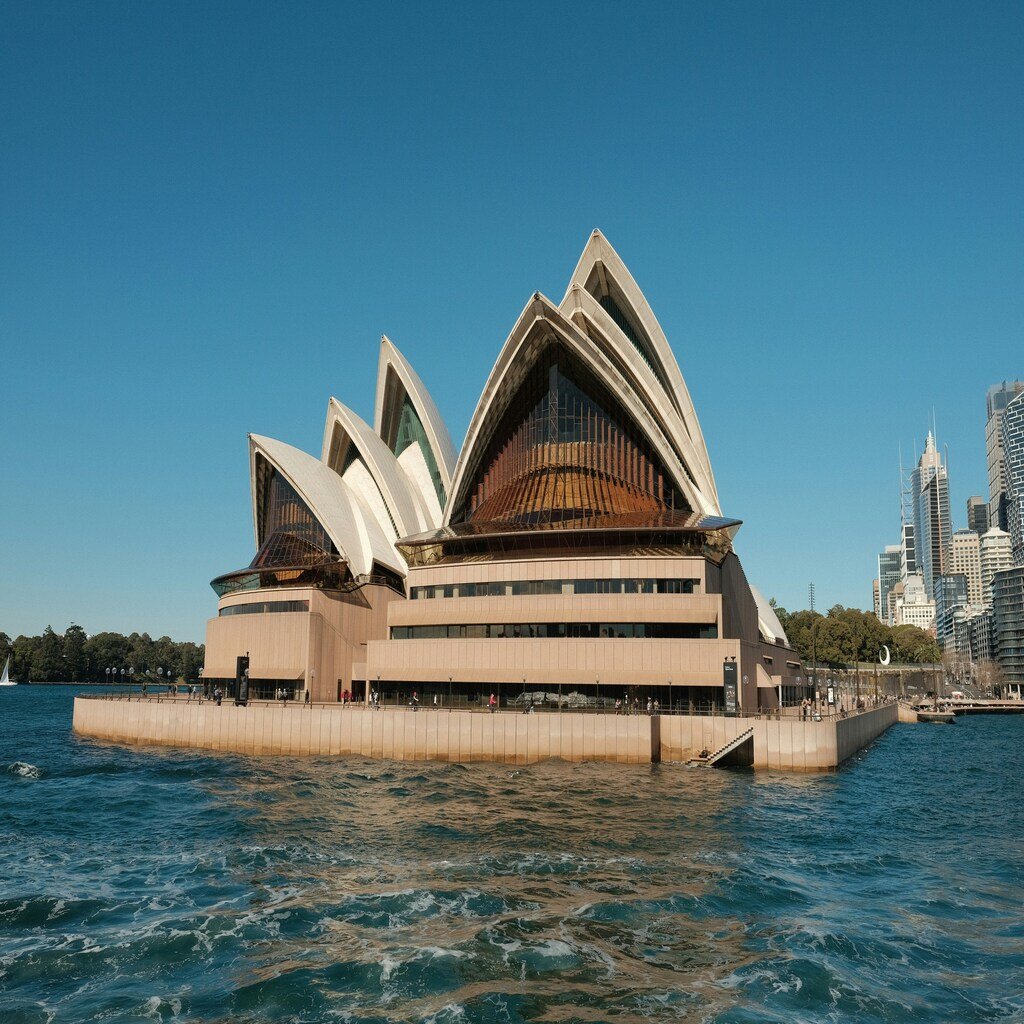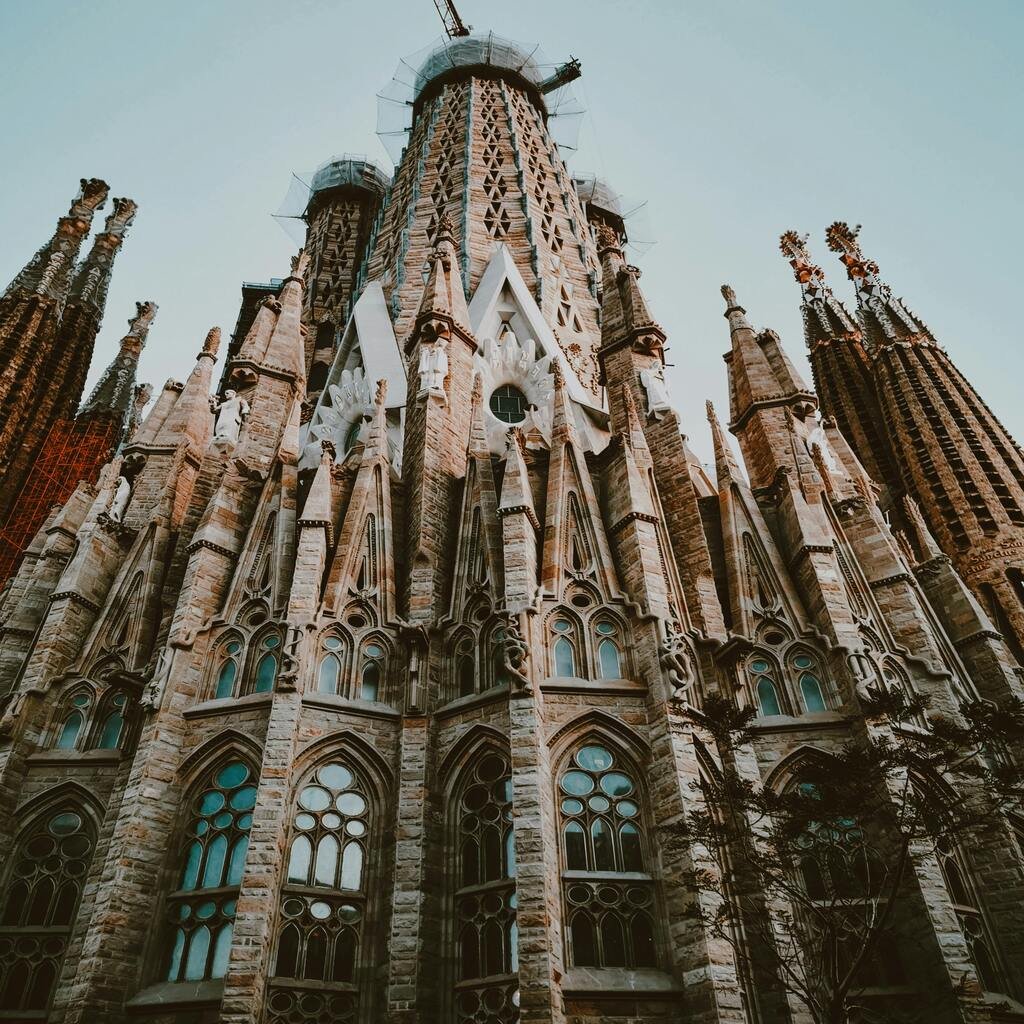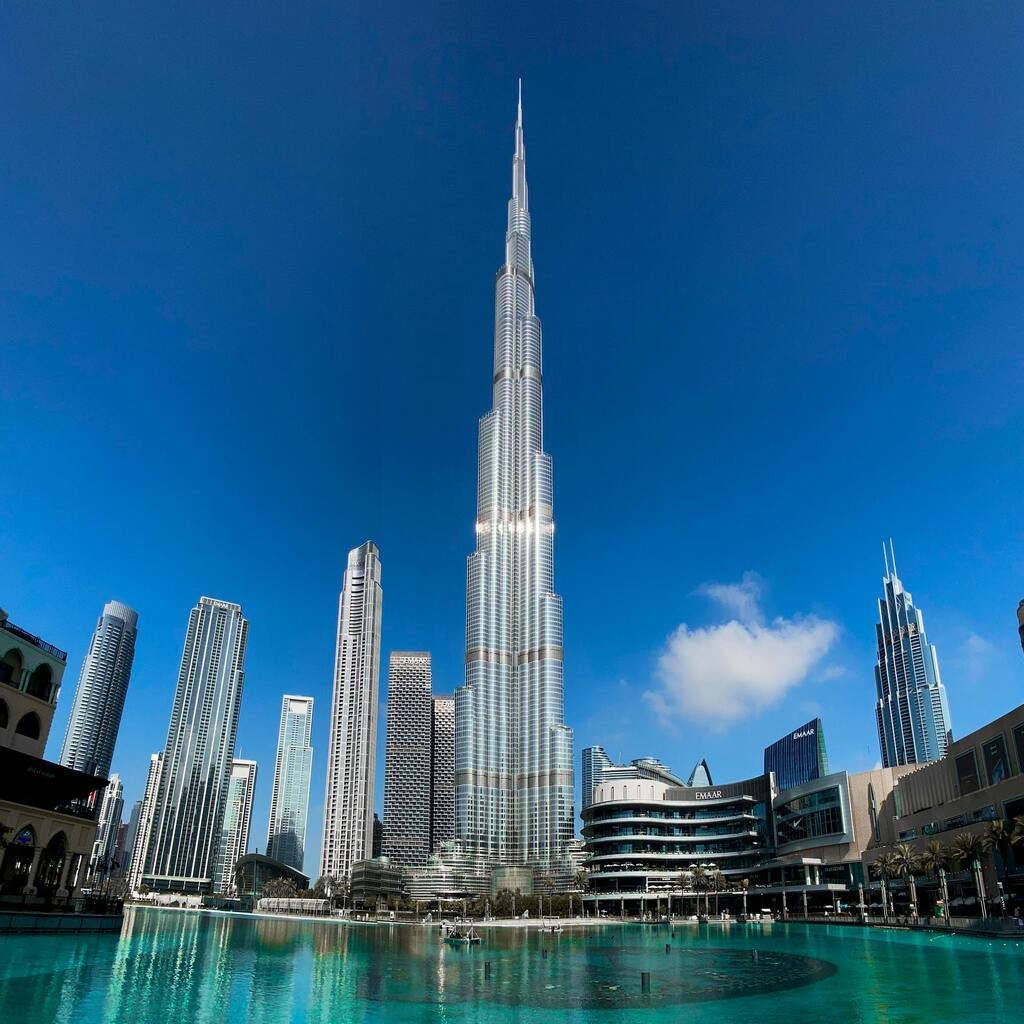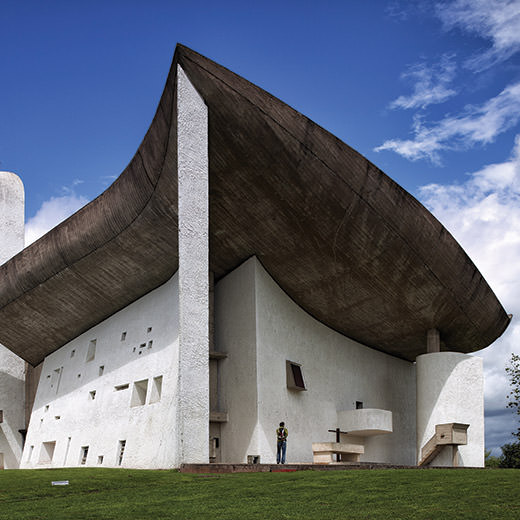Architecture, the art of shaping space, transcends mere functionality. It tells stories, stirs emotions, and embodies the spirit of its time. Today, we embark on a journey to explore 15 architectural marvels, dissecting their strengths and weaknesses to appreciate their complexities.
1. The Taj Mahal: Agra, India
Strengths: This Mughal masterpiece stuns with its perfect symmetry, flawless white marble, and intricate floral designs. The play of light and reflection creates an ethereal atmosphere, while the vast gardens enhance the monument’s grandeur.
Weaknesses: Critics argue the symmetry borders on monotony. Additionally, the lavishness stands in stark contrast to surrounding poverty.
2. The Sydney Opera House: Sydney, Australia
Strengths: This iconic structure, resembling billowing sails, is a marvel of modern architecture. Its prefabricated concrete shells provide exceptional acoustics and symbolize Australia’s cultural vibrancy.
Weaknesses: The construction was plagued by cost overruns and delays. The complex geometry of the shells posed challenges, and maintaining them is an ongoing expense.
3. The Sagrada Familia: Barcelona, Spain
Strengths: A testament to Antoni Gaudí’s genius, the Sagrada Familia is a masterpiece of Catalan Modernism. Soaring spires adorned with intricate sculptures depict biblical scenes. The stained glass windows create a kaleidoscope of colors within.
Weaknesses: Construction began in 1882 and is still ongoing, with no clear completion date in sight. Gaudí left behind incomplete plans, making it difficult to interpret his vision.
4. The Burj Khalifa: Dubai, United Arab Emirates
Strengths: The world’s tallest building is a beacon of innovation. Its design incorporates cutting-edge technology to withstand wind and seismic forces. It offers residential units, office space, hotels, and observation decks, creating a vertical city.
Weaknesses: The immense scale has environmental costs. Construction required massive energy consumption, and the building itself is a large energy user. Concerns exist regarding the working conditions of migrant laborers.
5. The Great Wall of China

Strengths: The Great Wall, a serpentine dragon winding through rugged terrain, is a marvel of human ingenuity. Built over centuries, it incorporated various architectural styles. The Wall served as a symbol of China’s imperial power and remains a source of national pride.
Weaknesses: The sheer scale raises questions about the human cost of construction. Millions are estimated to have died during its building. Additionally, large sections have crumbled due to neglect and weather.
6.The Colosseum: Rome, Italy
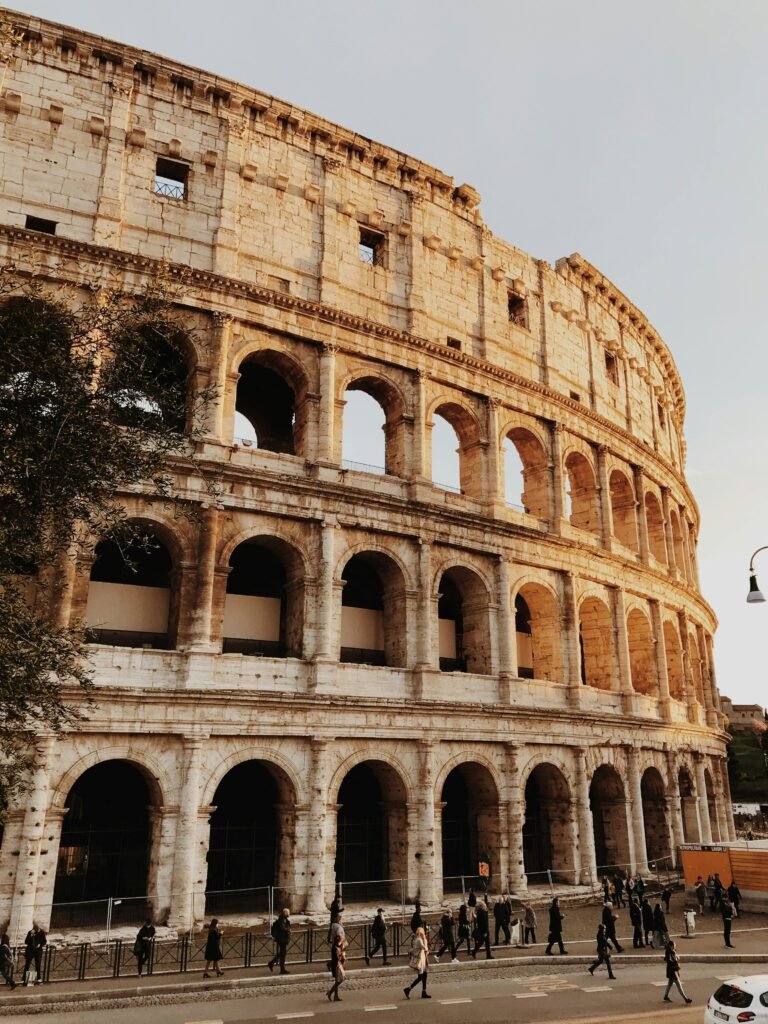
Strengths: An engineering marvel, the Colosseum’s elliptical design and use of vaulted concrete enabled it to seat up to 80,000 spectators. Its clever use of awnings provided shade.
Weaknesses: The brutality of gladiatorial contests and animal hunts held within the Colosseum is a dark stain on its history. Weathering and earthquakes have taken their toll on the structure.
7. Le Corbusier’s Notre Dame du Haut: Ronchamp, France
Strengths: A striking departure from traditional church architecture, Le Corbusier’s chapel utilizes rough concrete and natural light to create a space of spiritual contemplation.
Weaknesses: The unconventional design has been criticized for being cold and sterile. Some argue it lacks the grandeur and symbolism of traditional church architecture.
8. Fallingwater: Pennsylvania, USA
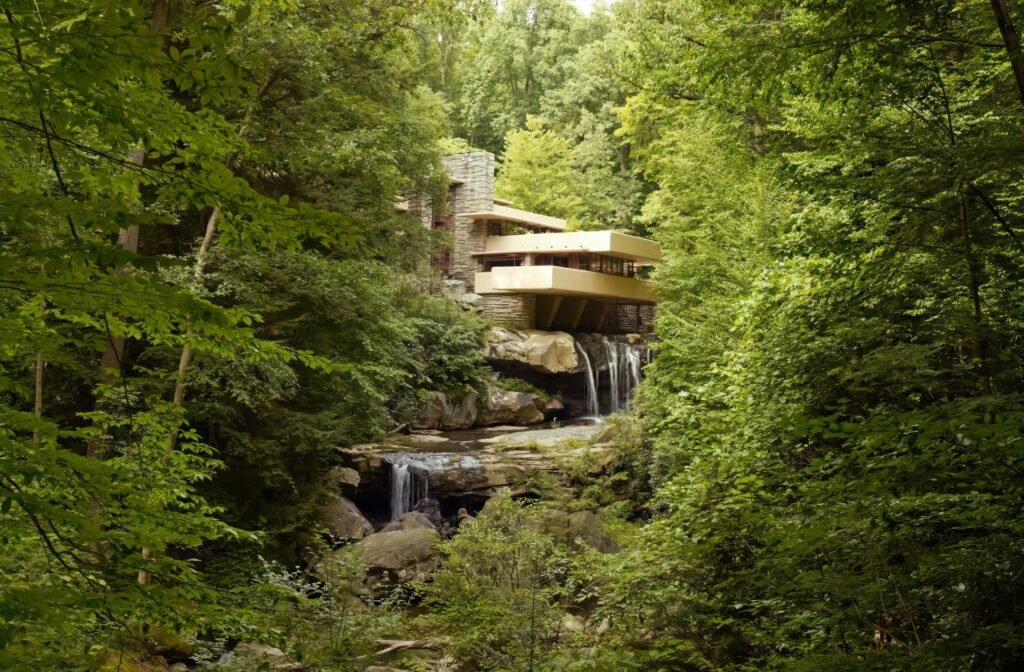
Strengths: Frank Lloyd Wright’s masterpiece seamlessly integrates the natural world into the living space. The use of cantilevered balconies allows the house to appear to “float” over the waterfall below.
Weaknesses: The house can be leaky and damp due to its construction over a moving stream. The cantilevered design limits the amount of usable interior space.
9. The Pantheon: Rome, Italy
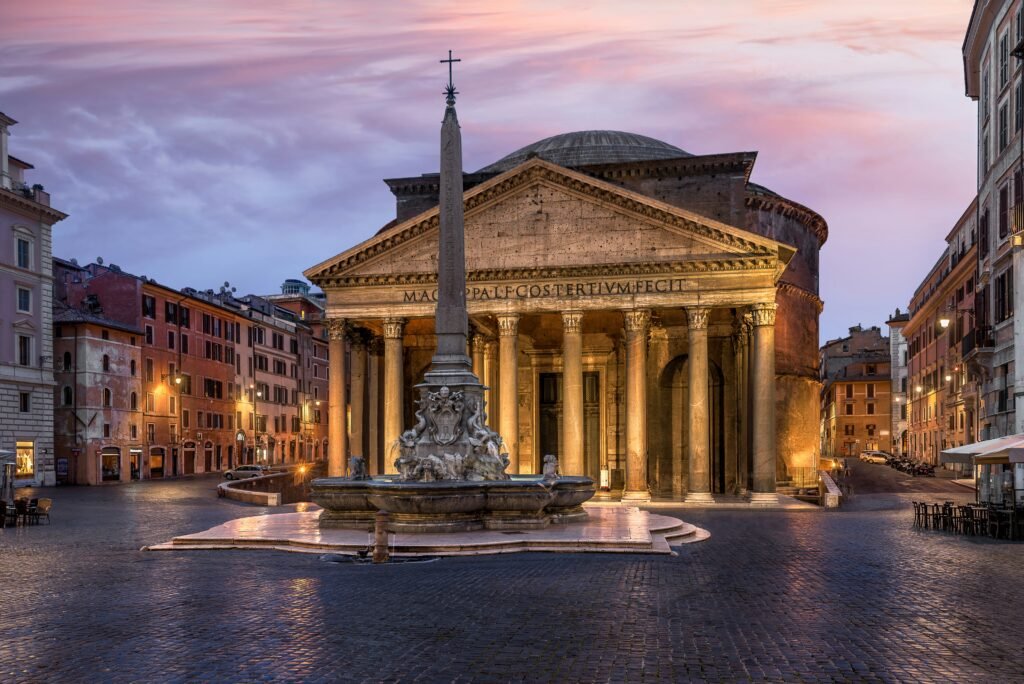
Strengths: This temple to all gods is a marvel of Roman engineering. Its massive dome, made of unreinforced concrete, has stood for almost two millennia. The oculus at the dome’s apex provides natural light and ventilation.
Weaknesses: The temple underwent significant changes throughout history, altering its original design. The loss of its bronze roof has exposed the interior to the elements.


